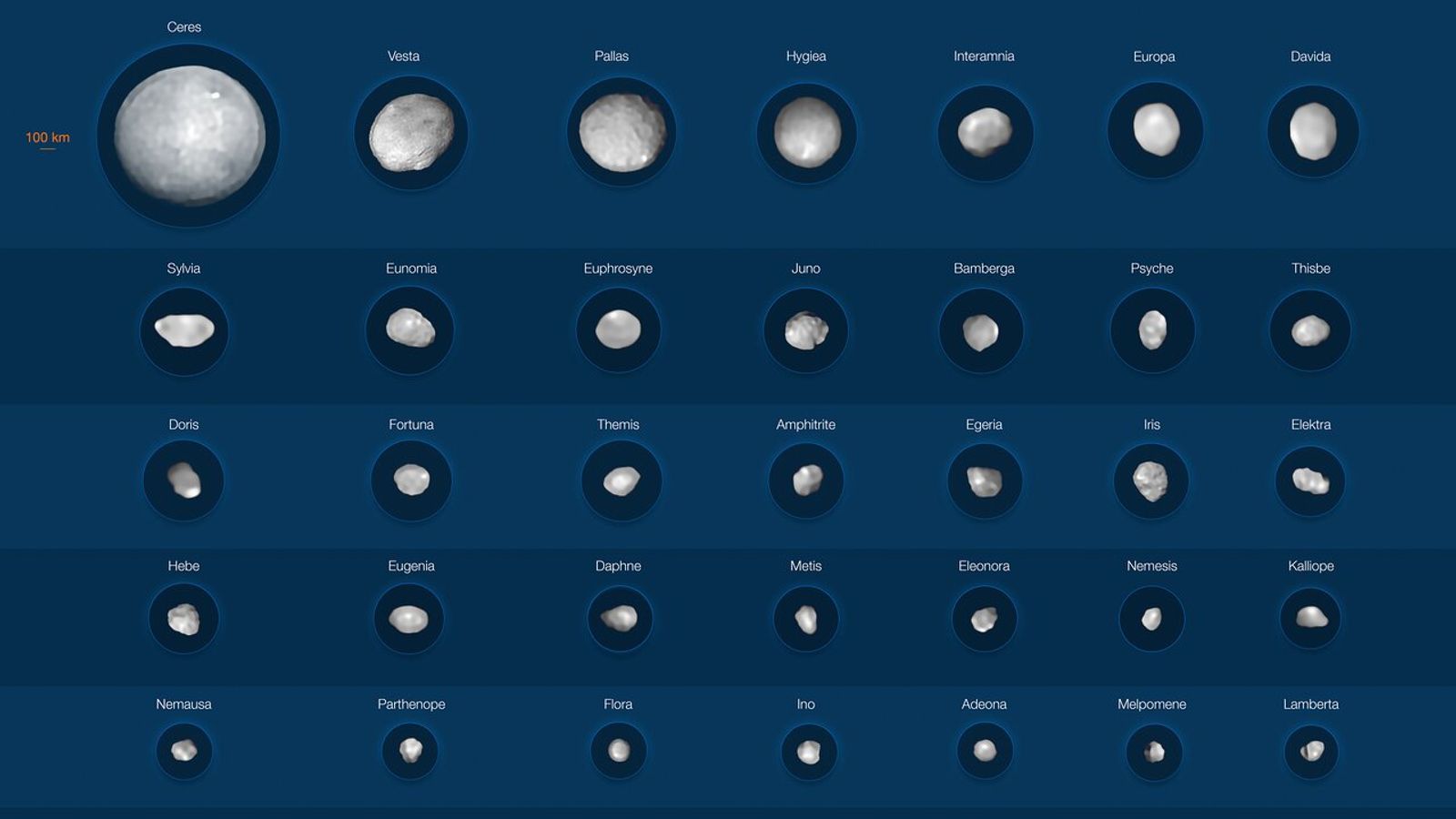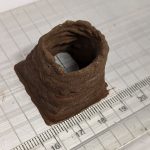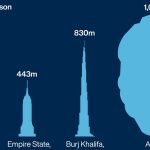The European Southern Observatory (ESO) has revealed the sharpest ever images of 42 of the largest asteroids in our solar system with the number and date of release chosen in tribute to author Douglas Adams.
These detailed images were captured by the Very Large Telescope (VLT) which is in Chile rather than Europe, located high in the Atacama desert where there are clear skies and views of space.
Most of the asteroids, from the asteroid belt between Mars and Jupiter, are larger than 100km in size, with the largest, Ceres and Vesta, measuring 940km and 520km across respectively.
The European Southern Observatory (ESO) has revealed the sharpest ever images of 42 of the largest asteroids in our solar system.
The number and date of release were chosen in tribute to The Hitchhiker's Guide tot he Galaxy author Douglas Adams.https://t.co/fzjNeezFtk pic.twitter.com/kIVNJ8uVe9
The images allowed the team to realise that asteroids are divided into two families – the almost perfectly spherical, such as Ceres and Hygiea, and the elongated, with the “dog-bone” asteroid Kleopatra the best example of those.
The researchers combined the shapes of the asteroids with information about their masses and found that the density of the objects ranged considerably across the sample of 42.
Four of the least dense asteroids had a density of about 1.3 grams per cubic centimetre, similar to coal, while the most dense was Kalliope at 4.4 grams per cubic centimetre, higher than the density of diamond.
The range of densities offer astronomers important clues about where these asteroids actually came from with competing hypotheses positing they formed elsewhere or from the fragments of a number of planets that had previously existed in that region of space.
British-built rockets and gene-edited meat: Minister reveals vision to make UK ‘science superpower’
Russia sends actress and director to International Space Station to make first movie in space
William Shatner: Star Trek actor, 90, to blast off into space next week
“Our observations provide strong support for substantial migration of these bodies since their formation,” explained Dr Josef Hanus of the Charles University, Prague.
“In short, such tremendous variety in their composition can only be understood if the bodies originated across distinct regions in the solar system,” he added.
These results supported a hypothesis that the least dense asteroids formed in the remote regions of the solar system beyond Neptune before migrating inwards, according to a study published in the journal Astronomy & Astrophysics.
That sample number, 42, was chosen as a nod to The Hitchhiker’s Guide to the Galaxy, the comedy science-fiction series by Douglas Adams – and comes on what ESO said was the 42nd anniversary of the publication of the book.
ESO said the images “are a leap forward in exploring asteroids, made possible thanks to ground-based telescopes, and contribute to answering the ultimate question of life, the universe, and everything”.
In the Hitchhiker’s Guide, an enormous supercomputer spends 7.5 million years coming up with the answer to this ultimate question, only for it to turn out to be 42 – and during the intervening years people had forgotten what the actual question was.






















